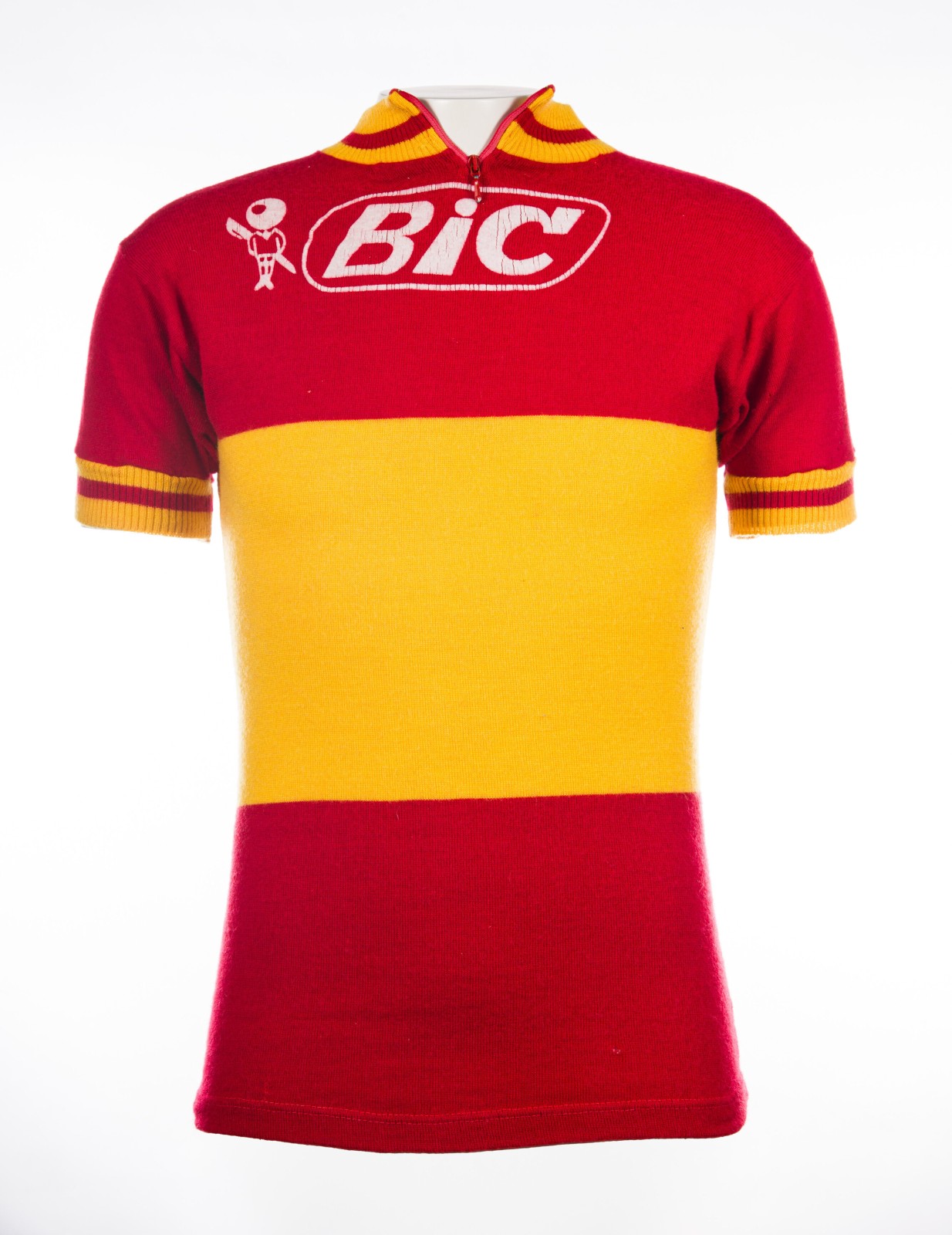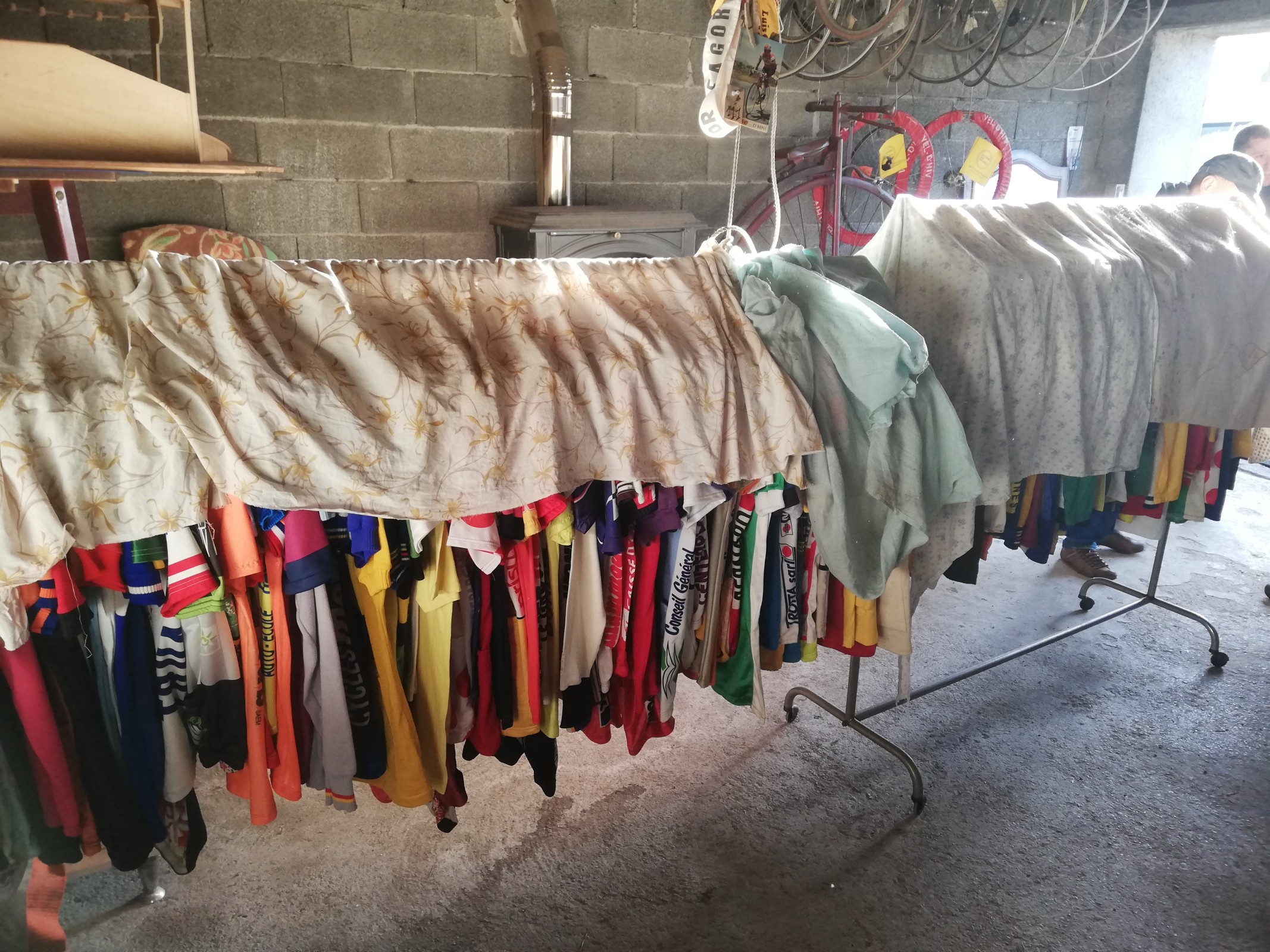Some riders stand out. By a unique career, a distinct way of racing or by a tragic life. Spaniard Luis Ocaña (1945 - 1994) is a prime example. As a neo pro, he immediately became champion of Spain in 1968. Ocaña wrote his own cycling legend during the 1971 Tour, where he wrecked Merckx in the stage to Orcières-Merlette and took yellow.
After the rest day, the Merckx team stages a real coup on the way to Marseille. A day later, both Merckx and Ocaña crash on the descent of the Col de Menté. Merckx can continue on his way, while yellow jersey holder Ocaña has to give up. In 1973, the Spaniard has his revenge when he wins the Tour, albeit in Merckx's absence. Four years later, like his eternal rival, he slammed on the brakes.
Born in Spain, Ocaña moves to southern France at the age of seven. After several wanderings, the family settles in Le Houga, more than 100 kilometres from Lourdes. There, the frail Luis discovers his talent for cycling. As a member of the nearby prestigious cycling club Stade Montois (Mont-de-Marsan), Ocaña grows into a top rider.
Being a neo pro in 1968, he not only became Spanish champion, but also married his fiancée Josiane. The couple get married in the Chapelle Notre Dame des Cyclistes in Labastide D'Armagnac, some 25 kilometres from Le Houga. This chapel was officially consecrated in 1959 as the French counterpart of the Italian Madonna del Ghisallo. At this spot, cyclists and cycling enthusiasts can hail an accident-free career. Abbé Joseph Massie is the driving force behind this initiative and regularly receives famous riders who are only too happy to leave a jersey in the chapel.
Notre Dame des Cyclistes soon becomes a real place of pilgrimage. In 1989, the Société du Tour de France also honour the initiative by starting a stage there. Yellow jersey wearer Greg LeMond donates one of his yellow jerseys on the occasion. With the arrival and collaboration of French cycling fan Claude Lachot in the 1990s, a new chapter is added to the history of this cycling shrine.
Bicycle maker Claude Lachot ran his own shop in Chollet, near Bordeaux, with his wife until the late 1980s. In his shop you will find not only a diverse range of new bikes but also a fine selection of historic (racing) bikes that he has collected over the years.
During an outing on his bike, Claude and some friends ended up at the chapelle Notre Dame des Cyclistes. The Lachot couple become charmed not only by the chapel and its caretaker Joseph Massie, but also by the nearby dilapidated farmhouse. Claude abandons his business in Chollet and buys the estate. He built a house, museum (Musée du Vélo), workshop and gîte. In short, an ideal base for cycling tourists. Together with his wife, he also volunteers to open the chapelle on a more frequent basis.
Lachot not only has an extensive collection of racing bikes but also has an extensive network and maintains good contacts with, among others, Tourspeaker Daniel Mangeas, René Vietto, Henry Anglade ánd Luis Ocaña. The bond is strongest with Luis. Both couples become friends and visit each other regularly. After Ocaña's sudden death in 1994 - the funeral took place in the Notre Dame des Cyclistes - Lachot renamed his museum 'Musée Luis Ocaña' as the ultimate tribute to the Spanish Tour winner.
The bicycle maker dreams of a confluence between his initiative and the chapel, which has since also become widely laden with cycling jerseys. However, it will not come to that. Necessary structural support from the local government fails to materialise.
The Lachot couple have been looking after their cycling heritage and the chapel for a total of 15 years. After some drastic changes on a personal level, Claude Lachot and his collection move to Lannemezan, some 30 kilometres from Bagnères-de-Bigorre at the foot of the Pyrenees. There, there is talk of a germinating prestigious cycling project. But here too, there is finaly no support from the government and the idea dies a quiet death. Claude's collection remains stored at his home.
At the gate, he hangs a sign 'Musée du Vélo', as a reminder of what once was. Circa 2015, he contacts KOERS. After a site visit and five years of negotiations, an agreement emerges. In February 2020, a KOERS delegation travels to southern France to pick up a unique collection. Apart from a series of unique historic racing bicycles (Tour de France 1903, 1920, ..., Paris-Roubaix 1914, Paris-Brest-Paris, ...), the collection also includes a very fine quantity of objects relating to Luis Ocaña, entrusted to Claude Lachot by his widow Josiane.
This collection includes not only several jerseys (a yellow jersey, champion of Spain, leader's jersey Dauphiné Libéré,...) but also several memorial stones, a titanium frame, honorary diplomas,... to even a painting by his hand. From now on, these will be managed and exhibited in KOERS. And so the memory of 'El Merckx Español' will also be kept alive in 'El pais de Merckx'.








